In handleDrawFrame() you see this part:
try {
// PERSISTENT FRAME CALLBACKS
_schedulerPhase = SchedulerPhase.persistentCallbacks;
for (final FrameCallback callback in _persistentCallbacks) {
_invokeFrameCallback(callback, _currentFrameTimeStamp!);
}
I don't know exactly where it's added to the persistenCallbacks but looking at that variable in the code shows you
/// The persistent callbacks (scheduled by
/// [SchedulerBinding.addPersistentFrameCallback]) are currently executing.
///
/// Typically, this is the build/layout/paint pipeline. See
/// [WidgetsBinding.drawFrame] and [SchedulerBinding.handleDrawFrame].
persistentCallbacks,
Meaning it calls drawFrame
Inside drawFrame you'll find this line:
buildOwner!.buildScope(rootElement!);
And inside this method it looks through all elements in _dirtyElements. Note that in scheduleBuildFor that you posted in this question it wass added to this. So in this buildScope it calls
element.rebuild();
This in turn calls
performRebuild():
which for ComponentElements says
/// Calls the [StatelessWidget.build] method of the [StatelessWidget] object
/// (for stateless widgets) or the [State.build] method of the [State] object
/// (for stateful widgets) and then updates the widget tree.
///
/// Called automatically during [mount] to generate the first build, and by
/// [rebuild] when the element needs updating.
@override
@pragma('vm:notify-debugger-on-exception')
void performRebuild() {
